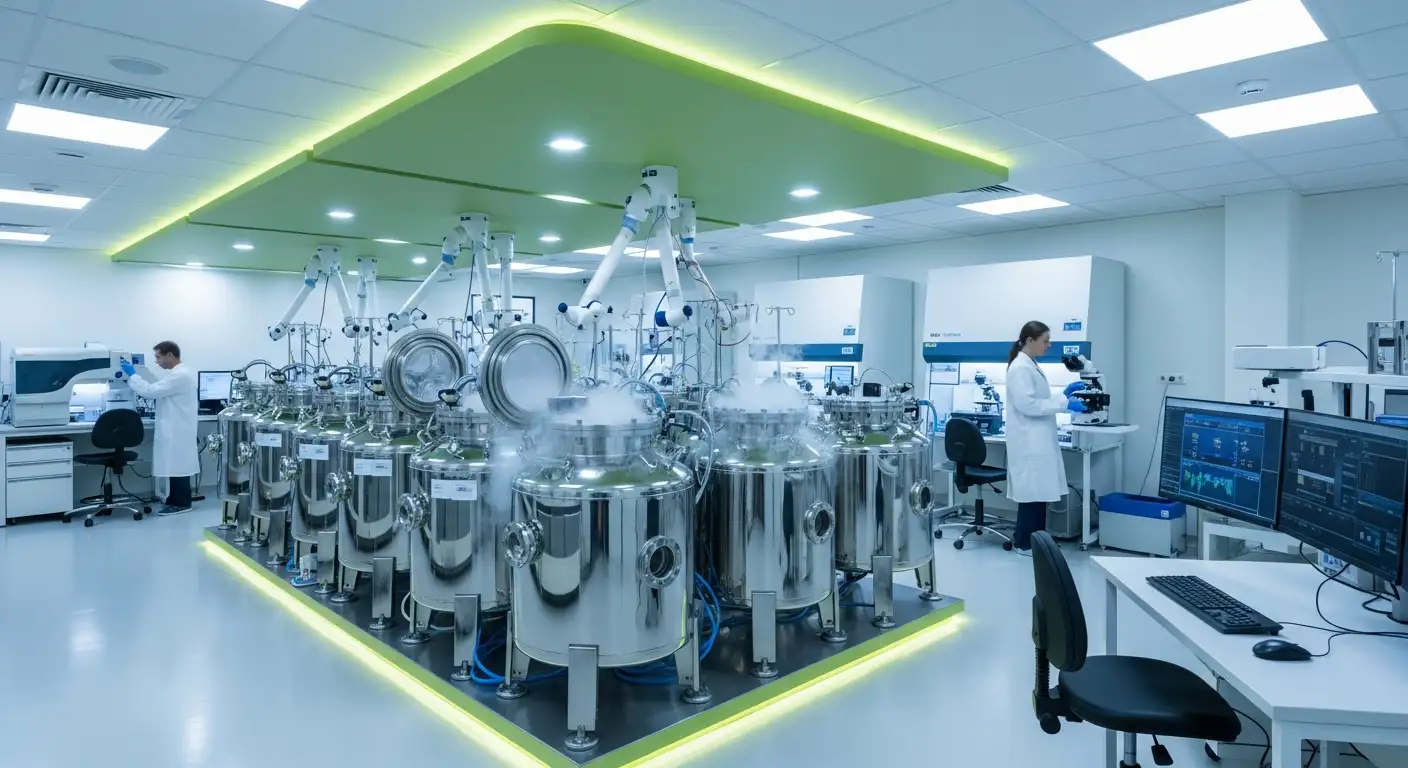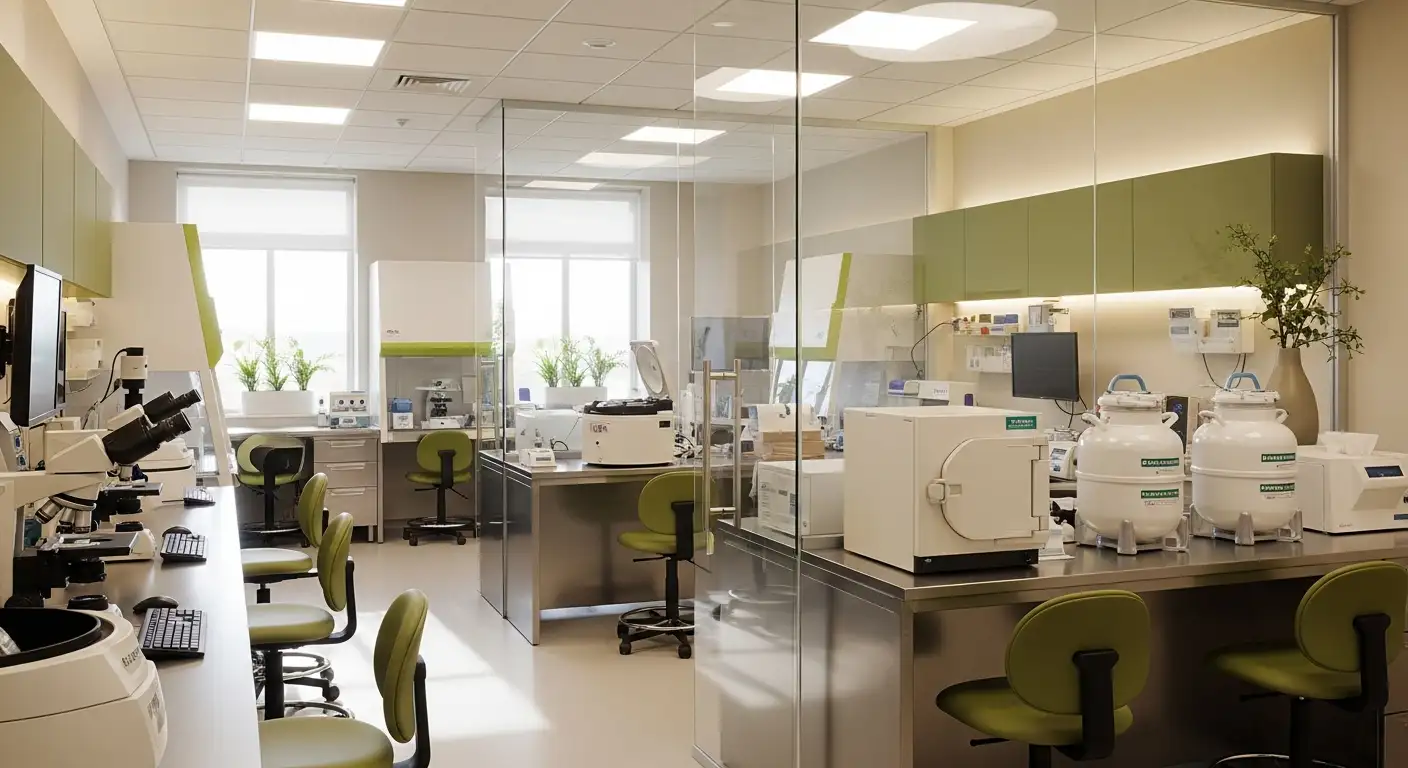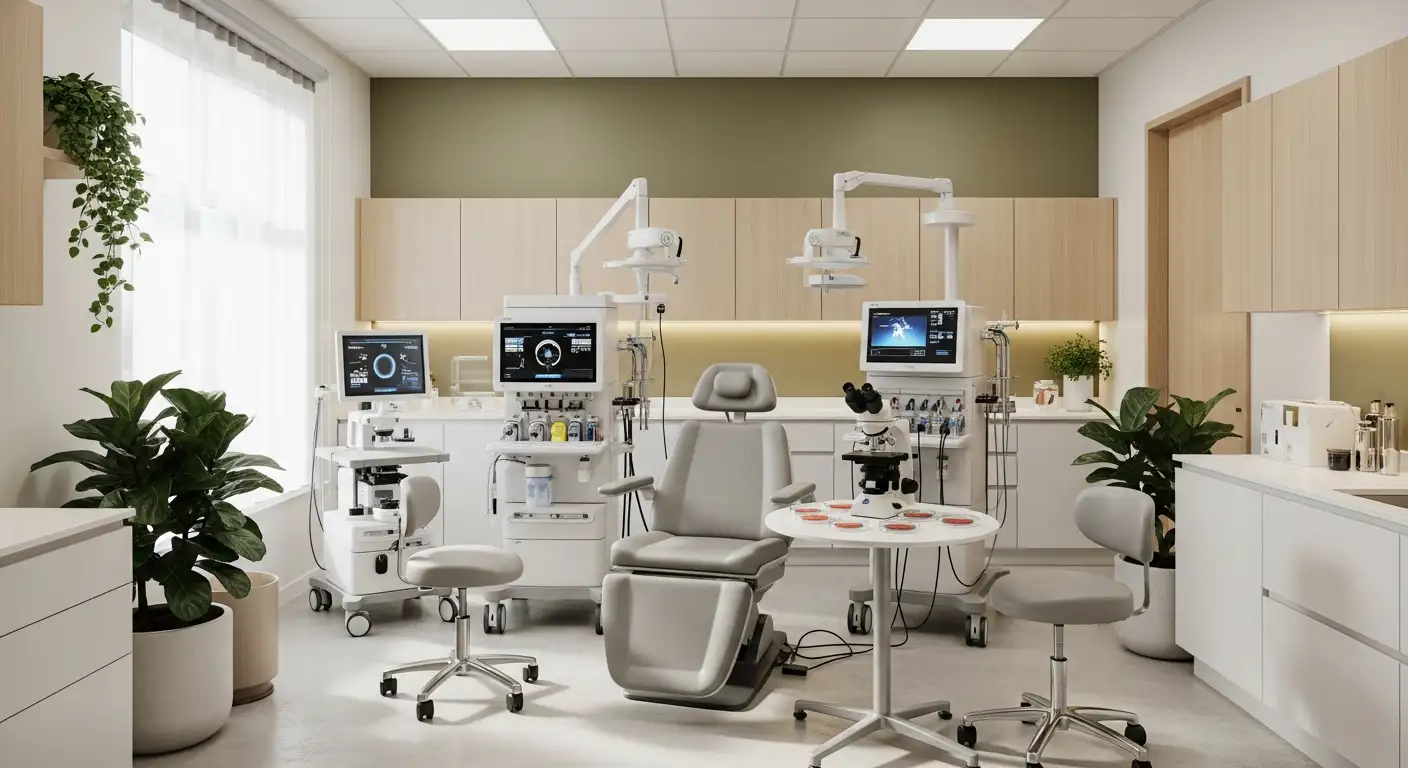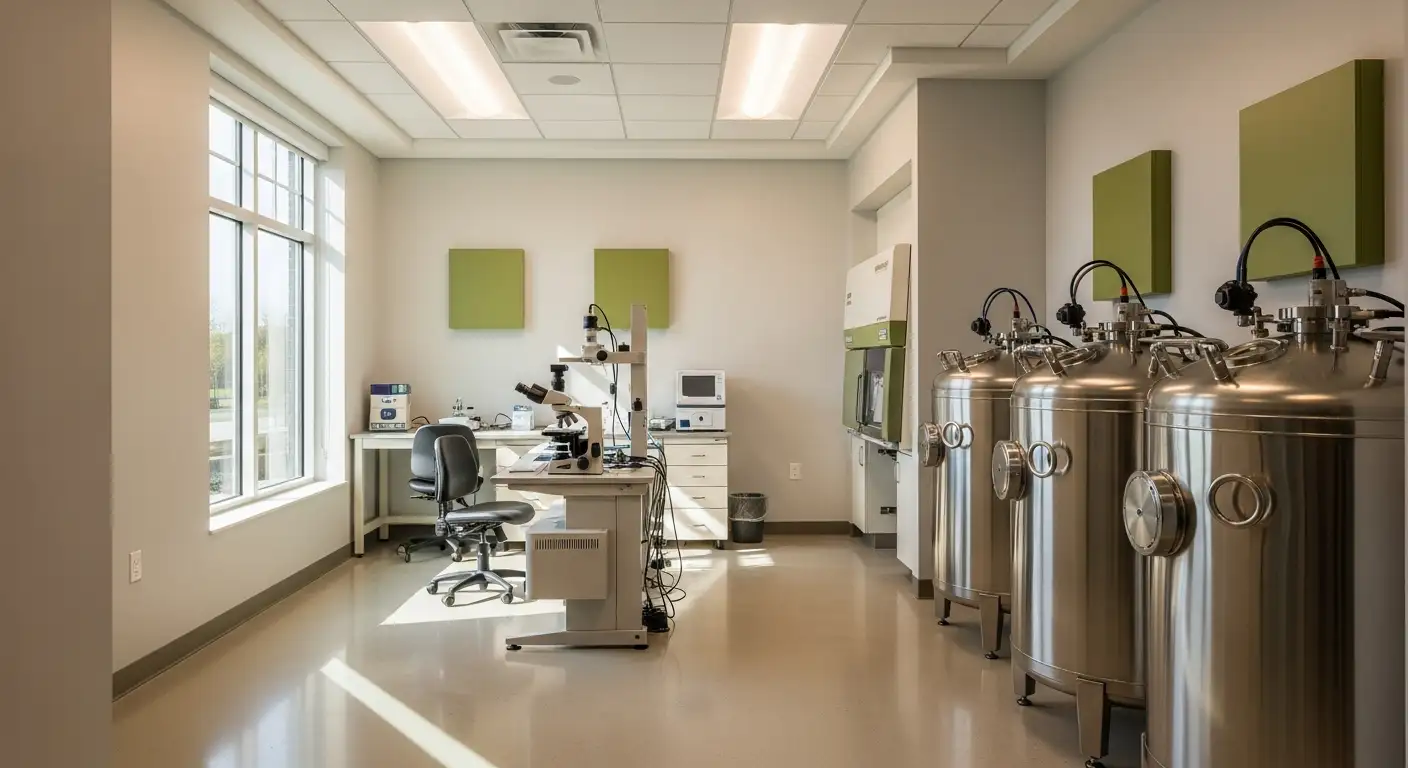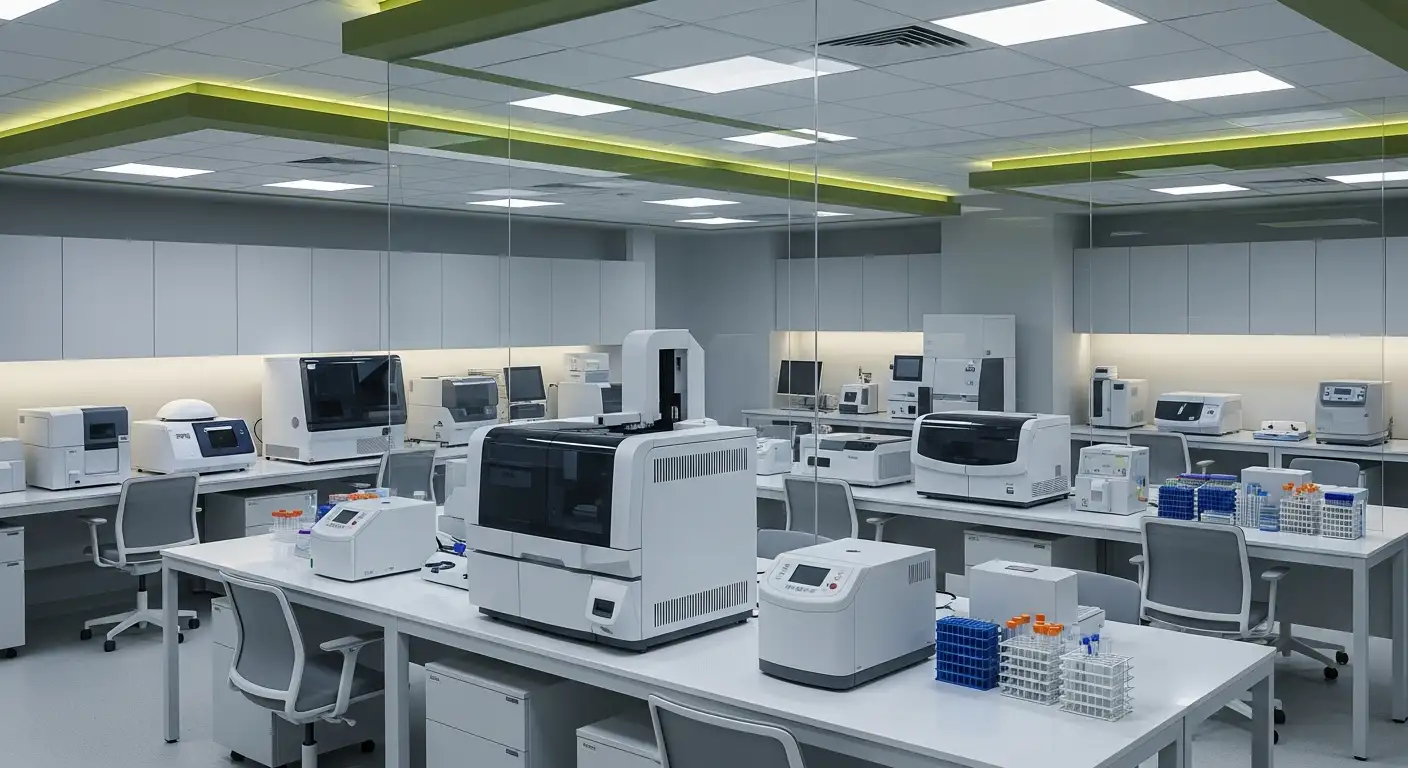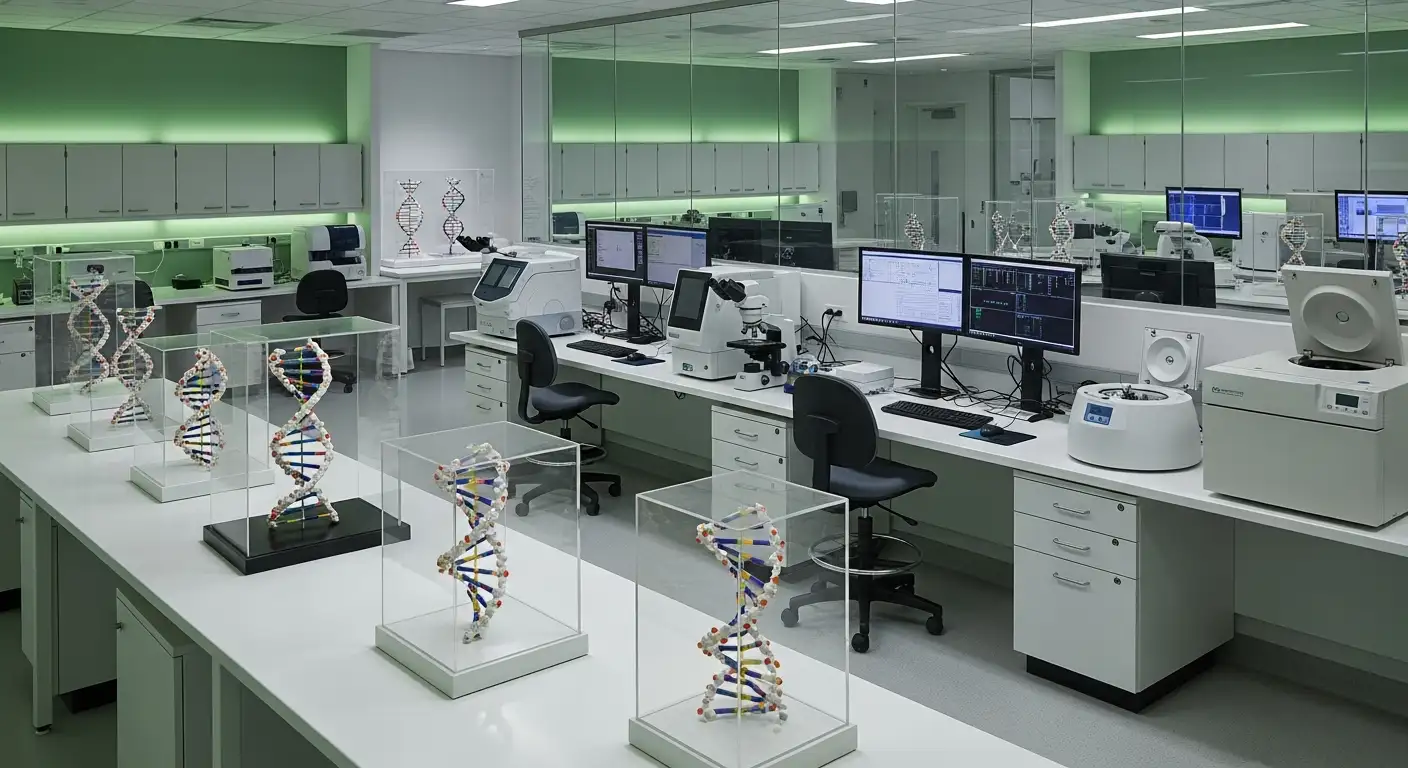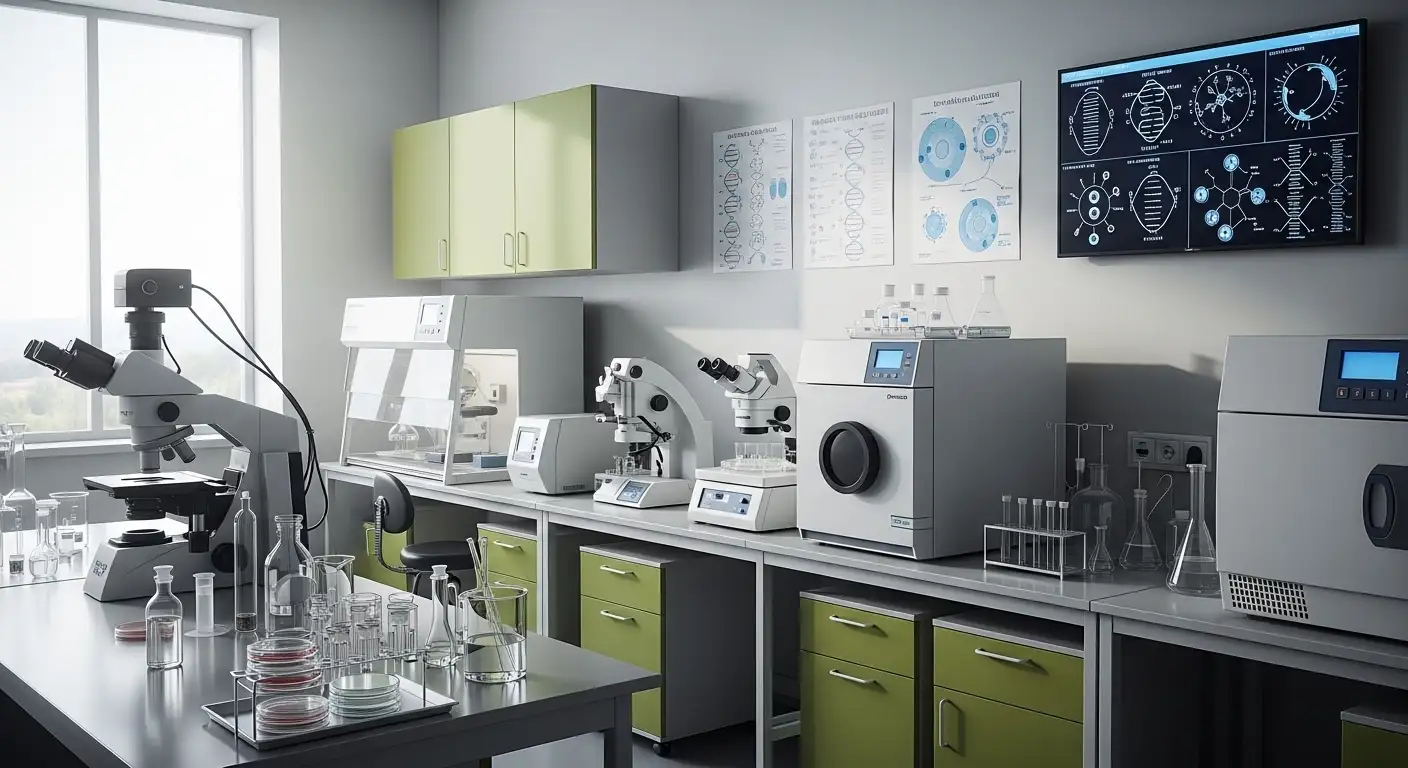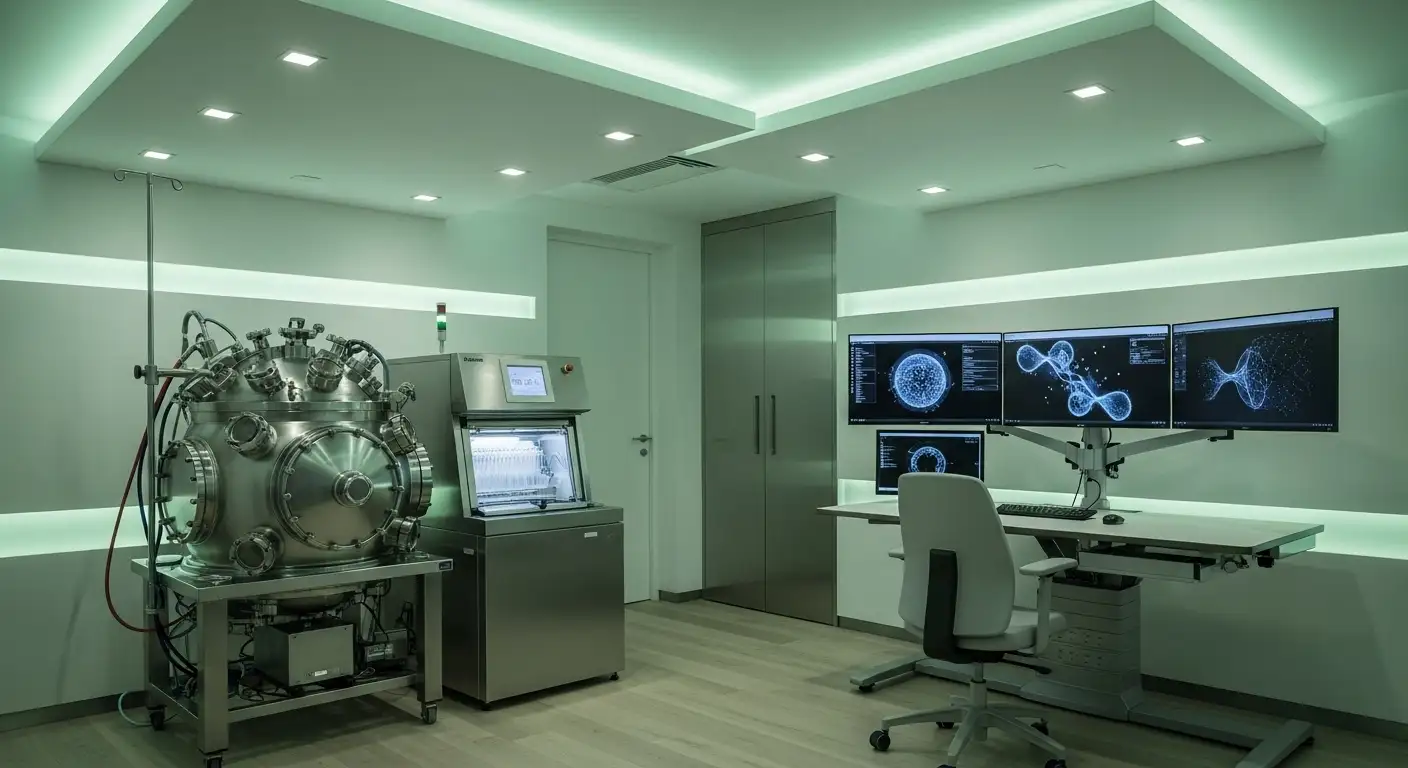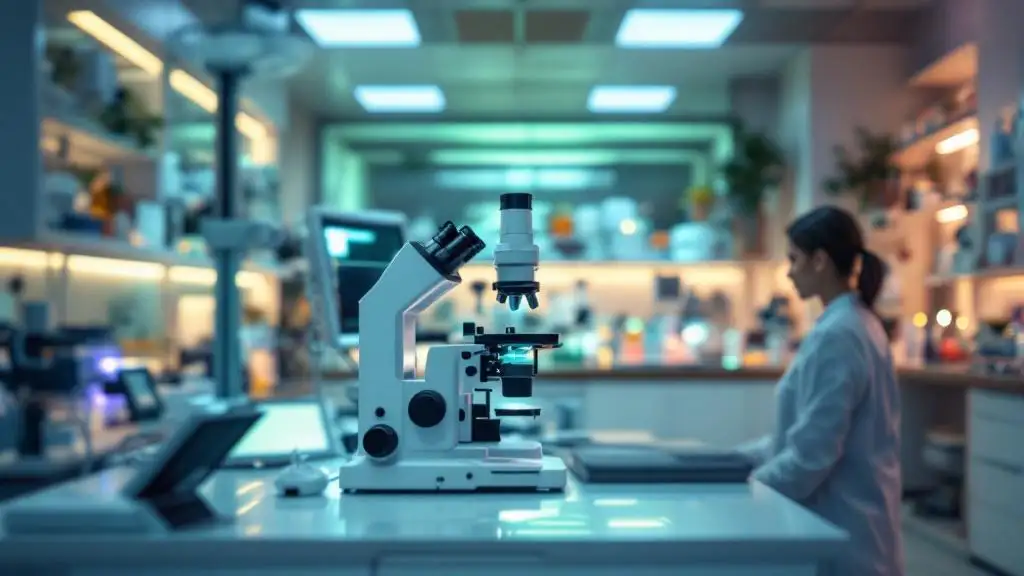A guide to using donor sperm for conception
Navigating the Path to Parenthood with Donor Sperm

Understanding Donor Sperm and Its Role in Family Building
For many individuals and couples, using donor sperm is a vital option for achieving parenthood when natural conception is not possible. Whether due to male infertility, or personal or reproductive choices such as single parenthood or same-sex relationships, donor sperm provides a flexible, safe, and effective pathway to building a family. This guide explores the comprehensive process, screening procedures, legal considerations, and methods involved in using donor sperm for conception, supporting prospective parents at every step.
The Process of Using Donor Sperm for Conception
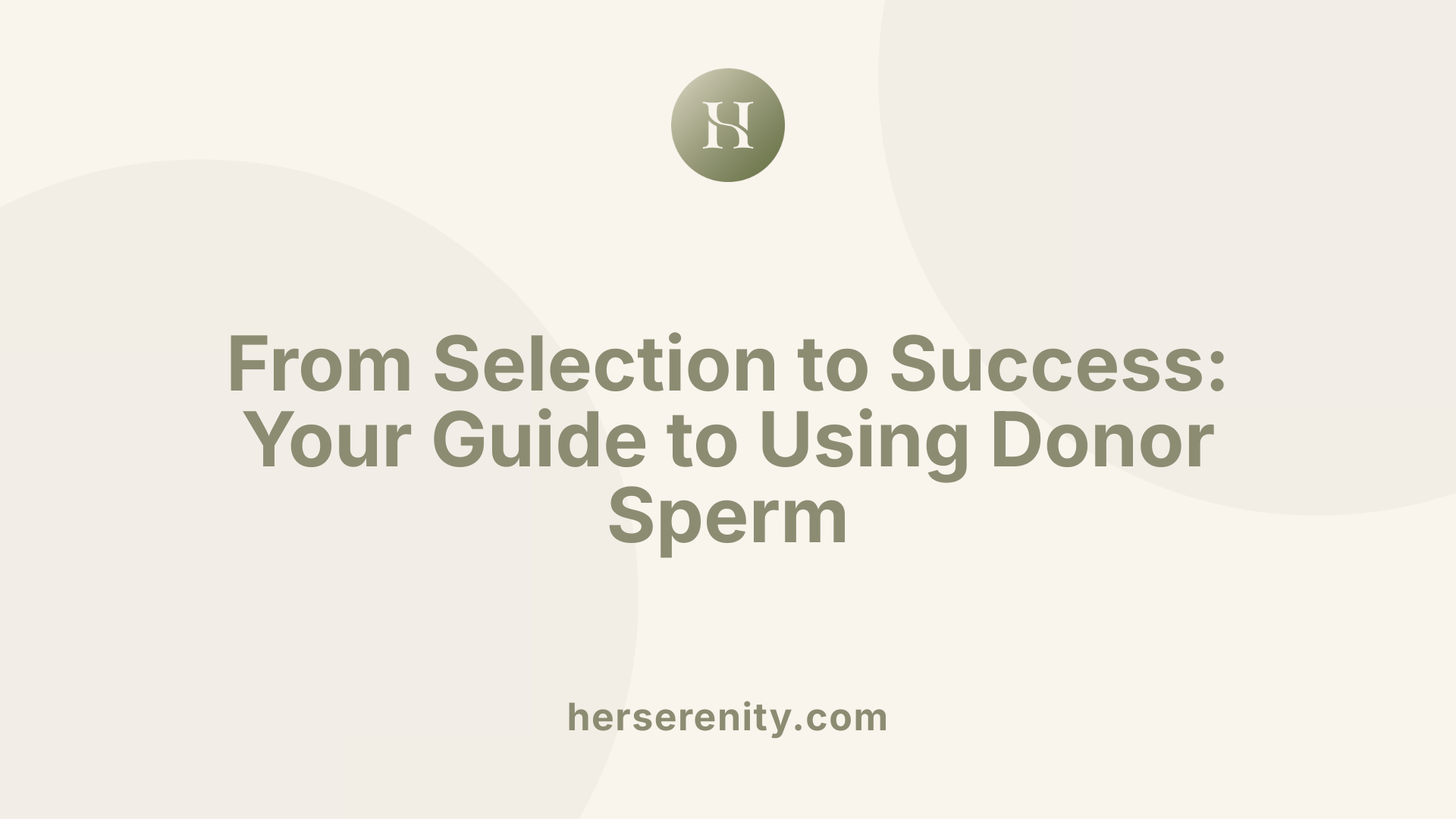
What is the process of using donor sperm for conception, and what are the steps involved?
The journey to conception through donor sperm starts with careful selection. Prospective parents choose a donor based on physical features like eye and hair color, ethnic background, and personal characteristics. Donors are often screened in-depth, including tests for genetic disorders, infectious diseases, and semen quality. They are usually stored frozen in sperm banks, where their samples remain viable for long periods.
Once a suitable donor is identified, the next step is medical and fertility assessments. Both the recipient and, in cases of known donors, the donor themselves may undergo health screening, blood testing, and genetic screening to minimize health risks for a future child.
Selecting the appropriate insemination method depends on medical indications. The most common options are intrauterine insemination (IUI) and in vitro fertilization (IVF). In IUI, sperm is prepared—washed to remove seminal fluids—and then inserted directly into the woman’s uterus using a thin catheter, timed to match ovulation. This can often be performed in a clinic or at home, depending on circumstances.
In IVF, the process is more involved. Eggs are retrieved from the woman via a minor surgical procedure, then fertilized with donor sperm in a laboratory setting. The resulting embryos are carefully monitored, tested if necessary, and transferred into the woman’s uterus to establish pregnancy.
Throughout the process, legal and contractual procedures are important. This may involve agreements on parental rights, donor anonymity, and future contact, especially with known donors. Psychological counseling is also recommended to help families navigate emotional considerations.
Timing and careful monitoring are critical to success. Fertility specialists often track ovulation through blood tests or ultrasounds to optimize insemination timing. Regular follow-up appointments help monitor progress, ensuring the chosen method aligns with the individual’s fertility goals.
Overall, using donor sperm involves a comprehensive approach that combines medical, legal, and personal factors. This coordinated effort enhances the probability of conception and supports families through this meaningful journey.
Types of Donors and Screening Criteria
What are the different types of sperm donors and what screening or criteria are used for selection?
Sperm donors fall into three main categories: anonymous, known, and directed donors. Anonymous donors are typically sourced from sperm banks, where their identities are kept confidential; these donors undergo extensive screening and testing before their sperm is approved for use. Known donors are individuals known directly to the recipient, such as friends or family members, often involving legal, medical, and psychological evaluations before donation.
Directed donors are chosen by recipients and may or may not be known to them personally, often via fertility clinics that perform rigorous screening. Regardless of the donor type, all donors are subjected to strict health assessment processes.
Screening involves comprehensive health evaluations, including medical history questionnaires, physical examinations, and laboratory testing. Donors are tested for infectious diseases such as HIV, hepatitis B and C, syphilis, gonorrhea, and chlamydia to prevent transmission of these conditions.
Eligibility criteria typically include being at least 16 or 18 years old, maintaining a minimum weight, and being in overall good health. Donors should have no recent illnesses, no drug or alcohol abuse, and no recent travel to regions with high infectious disease prevalence.
Additional screening considerations include blood type compatibility and lifestyle factors, such as avoiding illicit drug use, smoking, or participation in risky behaviors. Some clinics also assess personality traits and family health history to select donors who meet specific personal and genetic criteria.
The meticulous screening process aims to ensure the safety and health of future offspring and recipients. It is guided by professional standards and legal regulations that emphasize thorough testing, confidentiality, and ethical practices in donor selection.
Legal and Ethical Considerations in Donor Sperm Use
When considering the use of donor sperm for family building, understanding the legal landscape is crucial. Regulations typically require that all donors undergo thorough medical and genetic screening for infectious diseases like HIV, hepatitis, and syphilis before their sperm is used. Laws differ depending on the country; for example, in the UK and Sweden, individuals conceived from donor sperm have the right to access identifying information about their donor once they reach adulthood. In contrast, many regions in the US have a mix of laws, with some states allowing donor anonymity while others require disclosure.
Legal protections for intended parents are generally clear when using sperm from licensed clinics. Such clinics ensure that donors relinquish all parental rights, making the birth mother the sole legal parent. These legal arrangements are reinforced through contracts that specify donor rights, the absence of parental responsibilities, and the limits on the number of offspring per donor. This helps prevent accidental consanguinity and maintains donor anonymity if desired.
In private arrangements, such as using known donors like friends or through introduction websites, legal complexities can arise. It's essential to establish legal agreements that clarify parental rights, responsibilities, and if any future contact with the donor is intended. Failure to formalize these agreements might lead to legal disputes, especially concerning custody or parental rights.
Counseling plays an important role in addressing ethical issues surrounding donor conception, including disclosure to children, societal perceptions, and emotional impacts. It helps all parties understand their rights and responsibilities and navigate sensitive decisions.
Governments regulate donor sperm use through policies designed to protect health and rights, with oversight agencies setting standards for screening, storage, and use. These regulations aim to balance safety, ethical considerations, and the rights of donor-conceived individuals.
For those exploring donor sperm options, researching the legal aspects via reputable sources like 'Legal aspects of donor sperm and family law' can provide valuable guidance. Overall, informed legal planning and counseling are essential to ensuring a positive family-building experience and safeguarding the interests of all involved.
Medical Safety and Quality in Donor Sperm Usage
What safety and medical factors should be considered when using donor sperm?
Ensuring safety when using donor sperm involves a comprehensive screening and testing process to minimize health risks. Reputable sperm banks, often licensed and FDA-approved, perform extensive testing on donors for infectious diseases, including HIV, hepatitis B and C, syphilis, gonorrhea, and chlamydia, usually within seven days of insemination. Donors are also evaluated for genetic disorders, such as cystic fibrosis or spinal muscular atrophy, with detailed family health histories reviewed.
Screening extends beyond initial testing; all donor information, including health and genetic history, is transparently provided to recipients, aiding informed decision-making. It’s vital that donors are of legal adult age, healthy, and have no hereditary disease history. Cryopreservation allows sperm to be stored safely for potential future use, with its viability maintained over time.
Medical evaluation of recipients involves health assessments, testing for infectious diseases, and sometimes screening of partners, ensuring a safe environment for conception. Proper handling of sperm, including washing and thawing procedures, is crucial to maintain motility and prevent contamination.
Insemination techniques—whether intrauterine (IUI) or in vitro fertilization (IVF)—must be performed with sterile, carefully controlled procedures in licensed clinics to prevent infections. The overall goal is to safeguard both parent and child health through diligent medical practices, adherence to regulations, and ethical standards.
For more detailed information on these protocols, searching with phrases like "Medical safety protocols for donor sperm" can provide extensive guidelines on best practices and legal considerations.
Success Rates and Factors Influencing Conception with Donor Sperm
 The chances of conception using donor sperm depend on several factors, including age, fertility method, and overall reproductive health. Women under 35 tend to have the best success rates; for example, intrauterine insemination (IUI) can yield around 19% chance of pregnancy per cycle in this age group. In contrast, more advanced treatments like in vitro fertilization (IVF) and co-IVF demonstrate higher success rates of approximately 51% and 61%, respectively.
The chances of conception using donor sperm depend on several factors, including age, fertility method, and overall reproductive health. Women under 35 tend to have the best success rates; for example, intrauterine insemination (IUI) can yield around 19% chance of pregnancy per cycle in this age group. In contrast, more advanced treatments like in vitro fertilization (IVF) and co-IVF demonstrate higher success rates of approximately 51% and 61%, respectively.
The cumulative likelihood of achieving pregnancy increases with multiple treatment cycles. For younger women, after about three to six cycles, success rates can reach up to 60-80%. However, for women over 40, success diminishes significantly, with live birth rates with donor sperm around 19%. Age remains the most influential factor, as fertility naturally declines over time.
The method of insemination also impacts success. IVF generally provides higher success odds compared to IUI because it involves fertilizing eggs in a lab, allowing for embryo selection. Lifestyle factors such as maintaining a healthy weight, avoiding smoking, and limiting alcohol can further improve outcomes.
In summary, younger women have better chances of conception with donor sperm, especially when using IVF. Multiple attempts may be necessary, and individual health conditions should be considered. The ongoing research emphasizes the importance of personalized fertility plans to optimize success.
Methods of Donor Sperm Insemination: IUI and Home Insemination
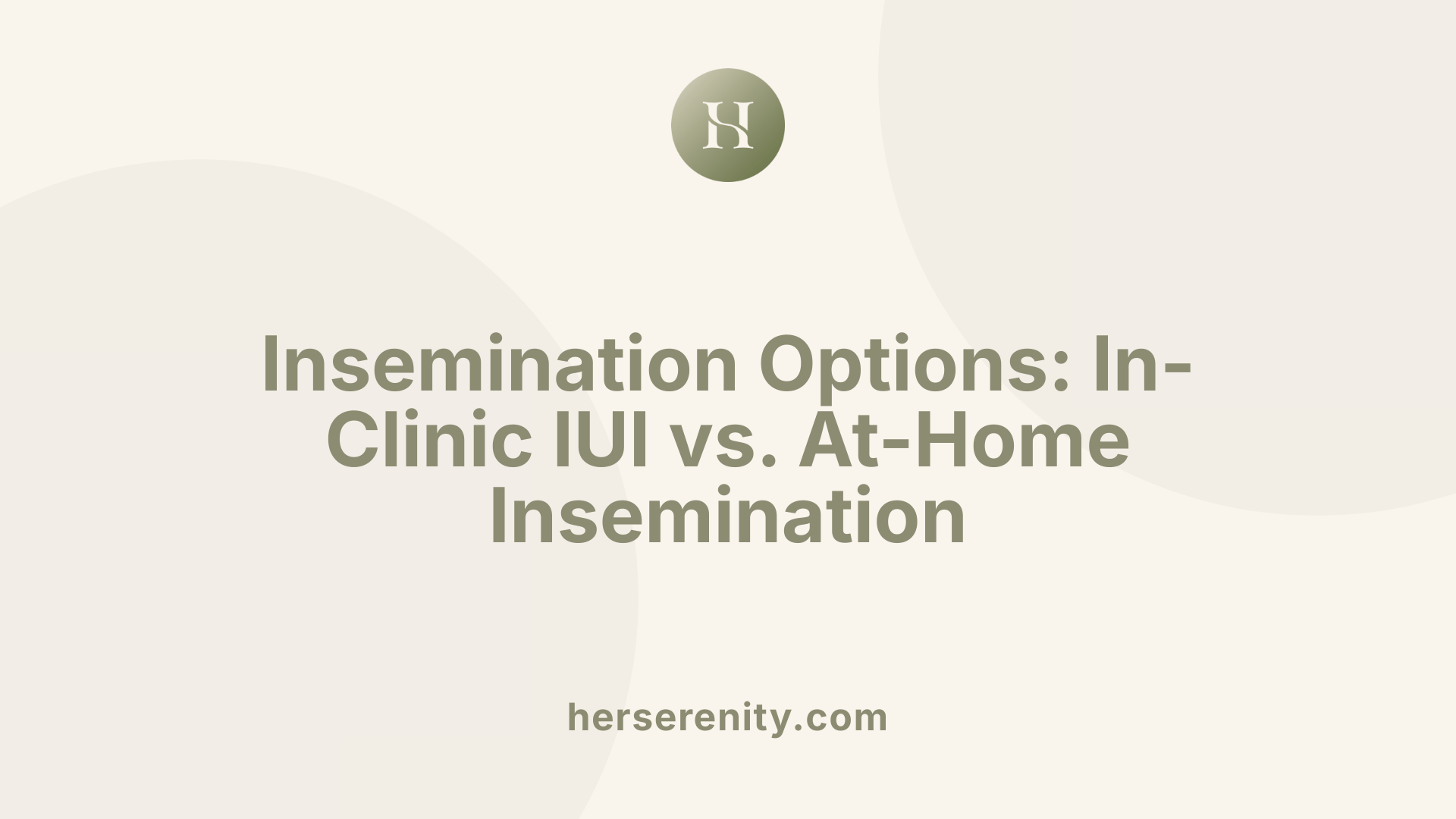
What are the common methods of insemination using donor sperm, such as intrauterine insemination (IUI) and home insemination?
Donor sperm can be used in several assisted reproductive procedures, with the most common being intrauterine insemination (IUI) and home insemination, also known as intracervical insemination (ICI).
IUI is a medical procedure performed in a clinic where specially prepared, motile sperm are inserted directly into a woman’s uterus through a thin catheter. This process is usually timed with the woman’s ovulation, which can be predicted using hormone monitoring or ovulation kits. IUI increases the chances of conception by bypassing the cervix and placing sperm as close as possible to the fallopian tubes. It is often used for women with mild infertility issues or for same-sex couples and single women.
Home insemination (ICI), on the other hand, involves the woman manually placing donor sperm into her cervix at home. This is often done using a syringe or an insemination kit, timed with ovulation. It is popular among women who are healthy and have no fertility problems, as it offers privacy, convenience, and cost savings.
Both techniques rely on screening and preparing donor sperm, which involves thawing and concentrating the samples for optimal motility. While IUI generally achieves higher pregnancy rates due to its precision and placement closer to the fallopian tubes, home insemination is a less invasive option with success rates around 10-15% per cycle depending on individual fertility factors.
In summary, these methods provide effective options for women seeking to conceive using donor sperm, tailored to their comfort level, medical needs, and family-building goals.
Empowering Families Through Knowledge and Choices
Using donor sperm for conception offers countless individuals and couples the opportunity to build the family they desire, with options tailored to their unique circumstances and preferences. From careful donor selection and screening to understanding legal rights, medical safety, and treatment methods, informed choices are at the heart of successful and ethical family building. As technology advances and regulations evolve, prospective parents are supported by a wealth of resources, legal safeguards, and medical expertise. Whether opting for clinical insemination, IVF, or home insemination, the journey involves thoughtful planning and professional guidance. Ultimately, the goal is to create a loving, supportive environment for children conceived through donor sperm, fostering transparency, responsibility, and joy.
References
- Donor Sperm Insemination | Conditions & Treatments - UCSF Health
- Using Donor Sperm to Get Pregnant - Park Avenue Fertility
- Gamete and embryo donation guidance (2024)
- Home insemination with donor sperm - HFEA
- How to Choose the Right Sperm Donor | A Step-by-Step Guide
- Finding the Right Sperm Donor: A Guide for Single Aspiring Parents
- Using a sperm donor to get pregnant - Cryos International
- Donor Insemination - American Pregnancy Association
- What to Expect Using Donor Sperm at Tennessee Fertility Institute


